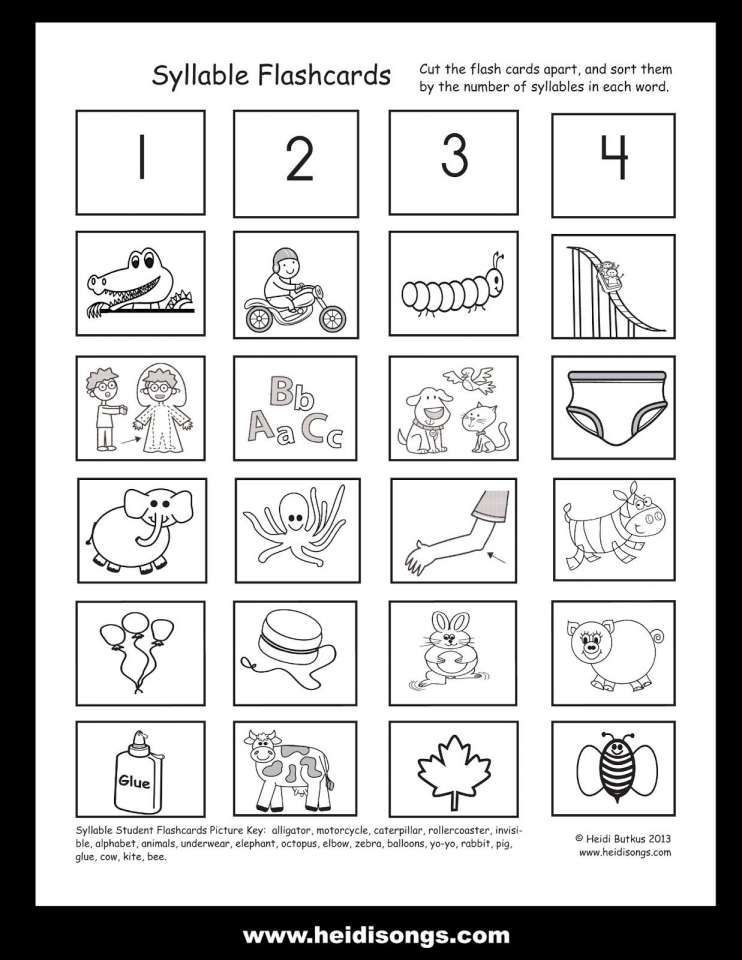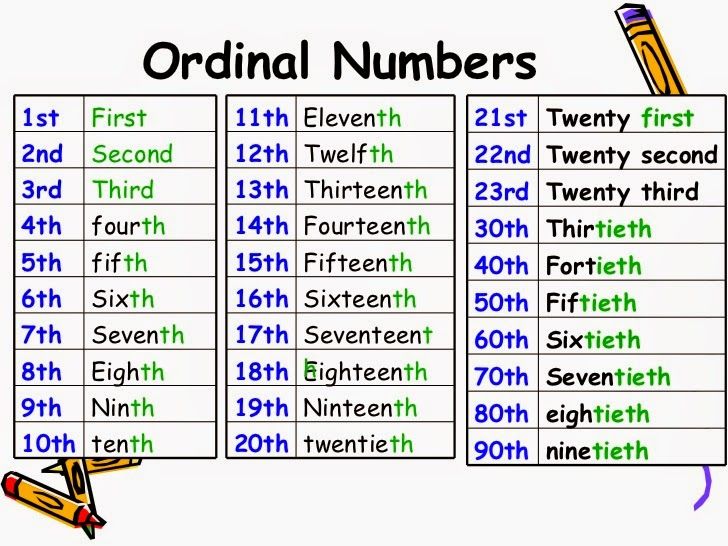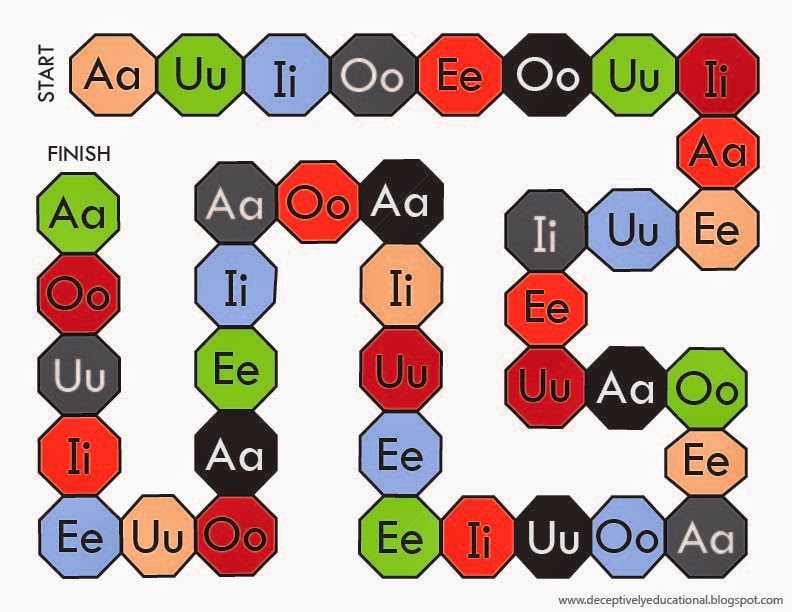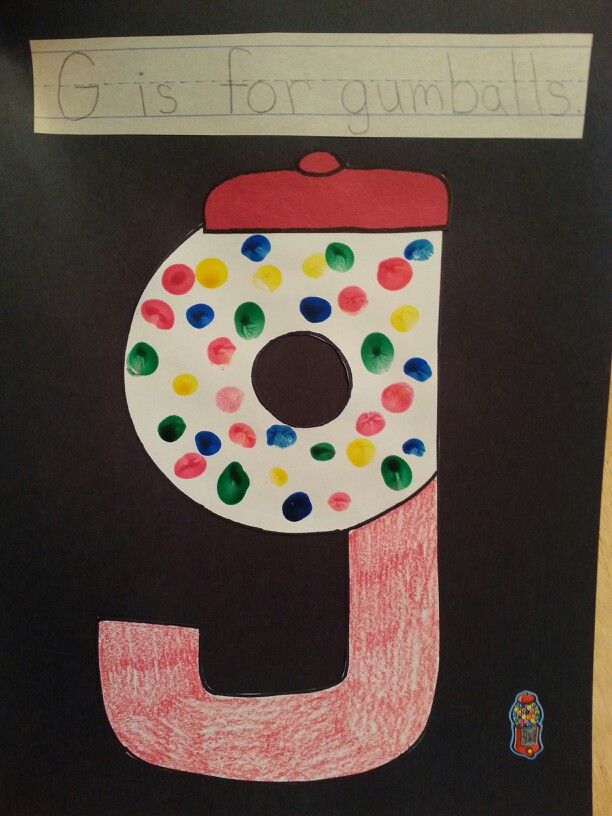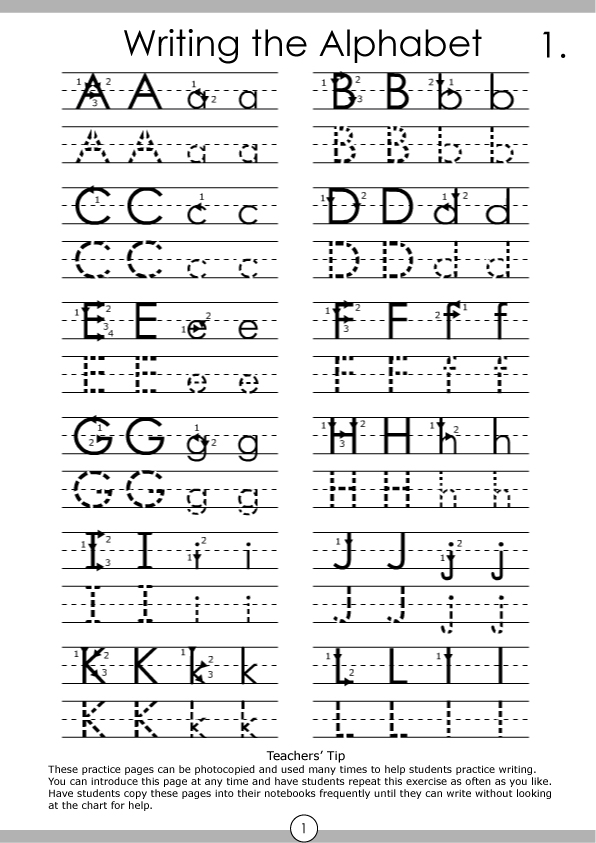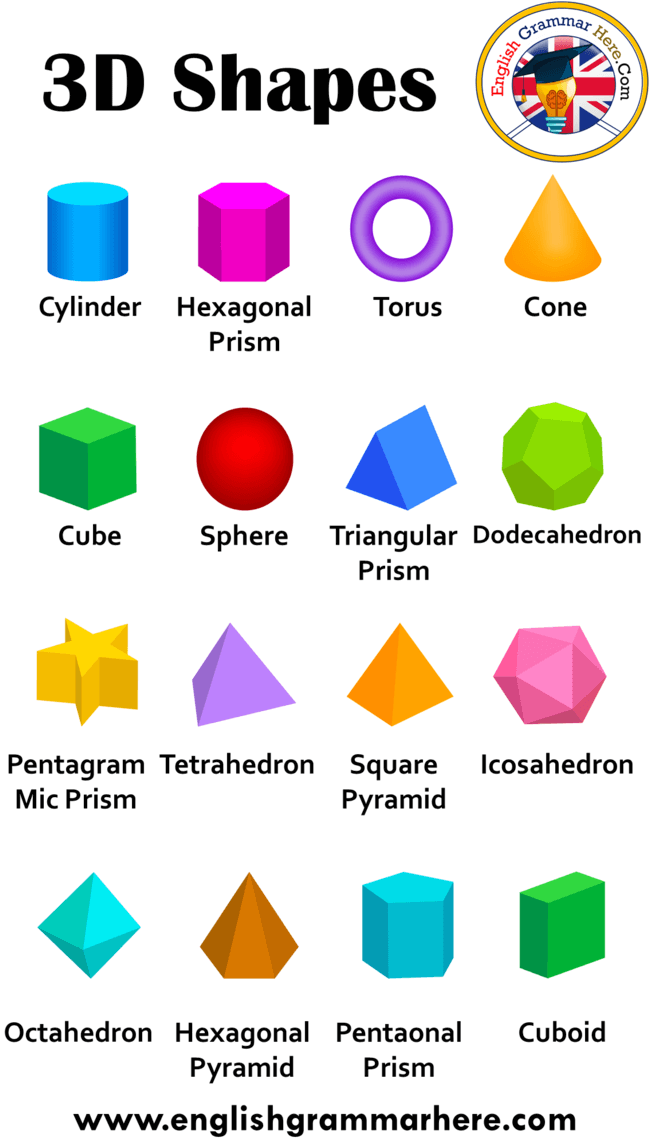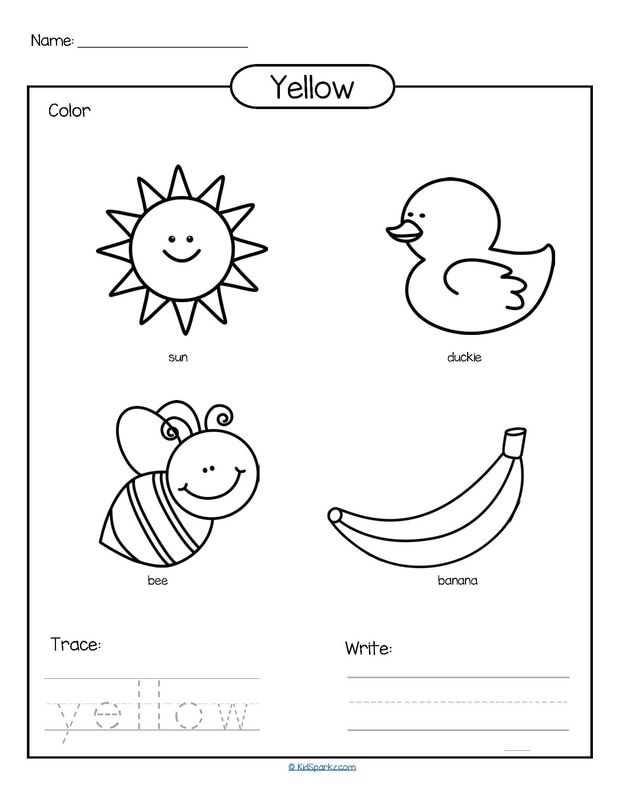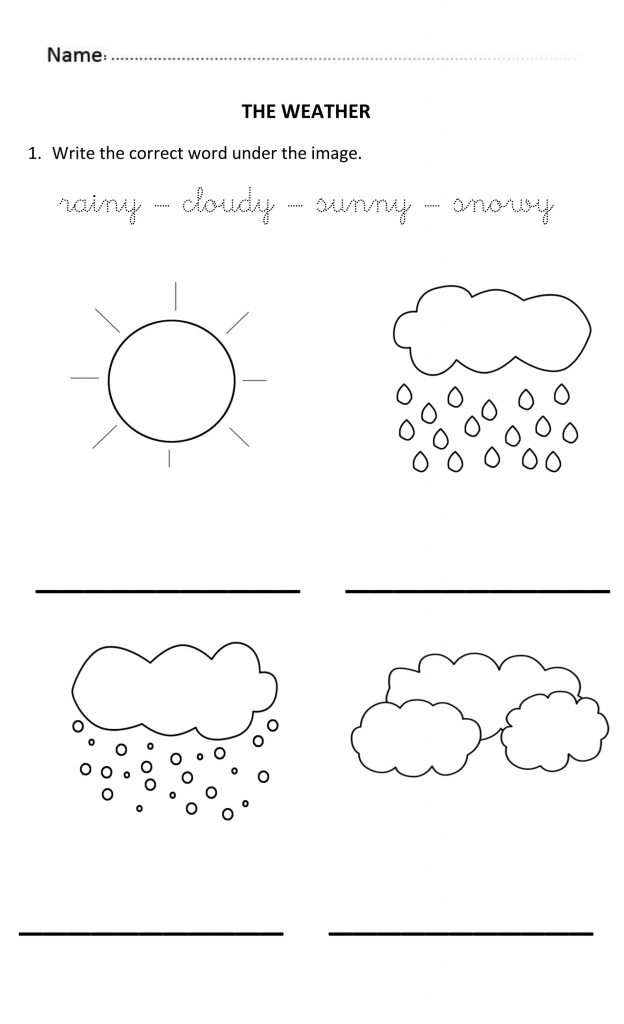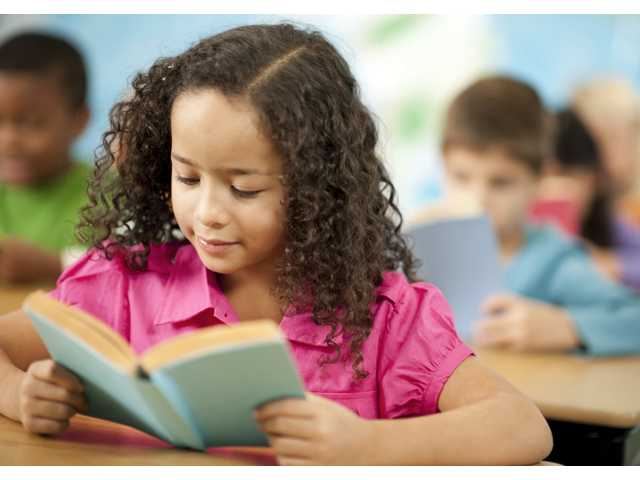Teaching kids syllables
Expert Tips And Activities For Helping Kids Understand Syllables
Do you remember when you first learned about syllables? Most people will answer “no” to this question, and that’s understandable — it was a very long time ago!
Regardless of how long ago it was, understanding syllables has played a significant role in helping you read and write more proficiently. And now that your child is on their journey of learning about syllables, you may want to know how you can help.
This article will share what you need to know about helping your child understand syllables so that they can master this simple yet effective learning curve.
What Is A Syllable?
The dictionary describes a syllable as “an uninterrupted segment of speech consisting of a vowel sound, a diphthong, or a syllabic consonant, with or without preceding or following consonant sounds.”
In much simpler terms, we can describe a syllable as always having one (and only one) vowel sound. Quite often, this vowel sound is accompanied by consonants.
For example, the word bat is a one-syllable word, as you would expect because of its length. But it’s important to note here that the length of a word has nothing to do with how many syllables it has.
The word straight, for instance, has only one syllable since aigh makes the long A sound and that is the only vowel sound in the word. On the other hand, a shorter word — such as over — can have more than one syllable.
It’s also important to note that there are six types of syllables: open, closed, silent E, vowel pair, R-controlled, and final stable. Your child will start learning more about the different types of syllables in elementary school.
For now, understanding the basic elements of a syllable is what matters. This comprehension will help children as they get older and come across more complex words.
Why Is Understanding Syllables Important?
Now that we’re on the same page about what syllables are, let’s focus on why they are so important.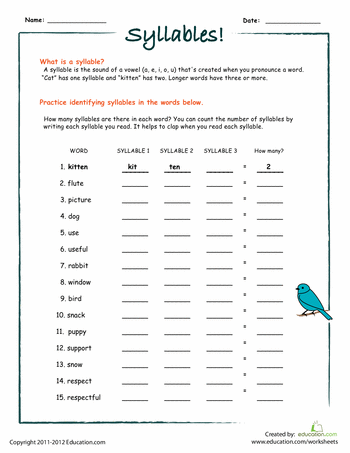
In a nutshell, learning syllables:
- Helps speed the process of decoding words
- Helps with accurate and fluent reading
- Helps with spelling
As children move from learning basic words to compound words with two syllables (e.g., railroad, pancake, etc.), understanding syllables can help them decode and blend them more quickly.
After all, it’s much easier to read an unfamiliar word in chunks than to read it as one continuous string.
Additionally, breaking a long word down into pieces makes it much easier to spell it correctly, rather than trying to remember each and every letter in the word and the correct sequence.
How To Help Kids Understand Syllables
Before we get into the activities that can help you teach your child about counting syllables, there are a few points we’d like to mention. Let’s take a look!
1) Think Of Syllables As “Chunks” Of A Word
With multi-syllable words, helping your child focus on the “chunks” rather than every letter of a long word will make grasping syllables much easier.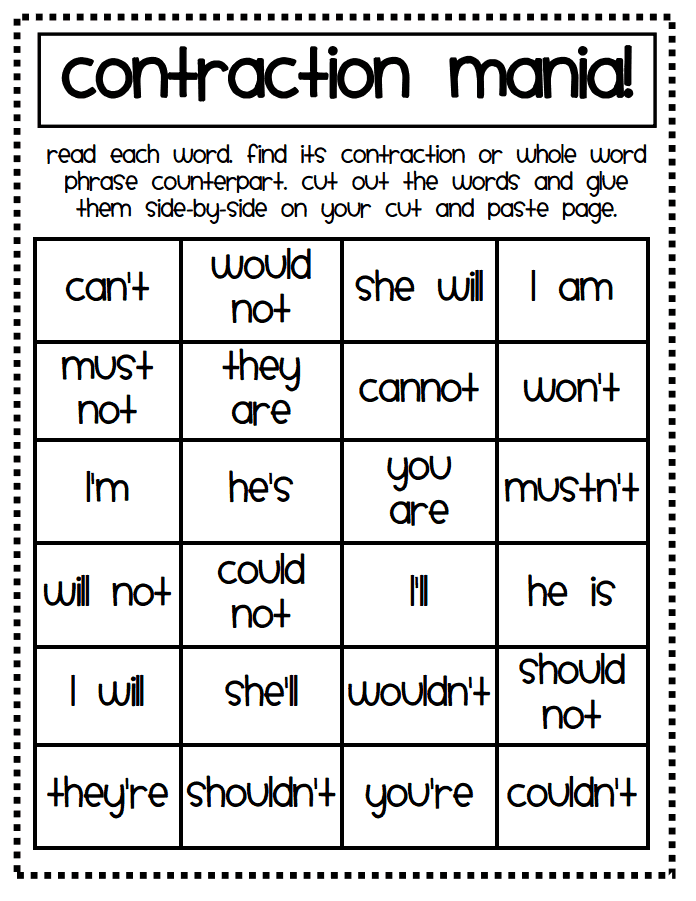
Breaking a longer word into pieces is an effective reading strategy that can help your child improve their reading speed and comprehension. It’s a strategy you likely use without even thinking about it anymore.
For example, if you see a long word, such as uncomplicated, your brain automatically applies what you know about syllables to make reading it a breeze.
You know that there’s a prefix (un) and a suffix (ed). Once you remove those chunks, you can easily break the remaining letters down into even smaller pieces: comp, li, cat. And you know that the A in that final syllable is long even though it looks like the word cat.
Then, your brain puts everything together again like this: un-comp-li-cat-ed. While it sounds like a hard process when you see it written out, all of this goes on behind the scenes in your mind. You no longer have to stop and decode every single word. It’s automatic.
And that’s the goal of this process: to help kids learn how to automatically break words down into pieces that are easier to read.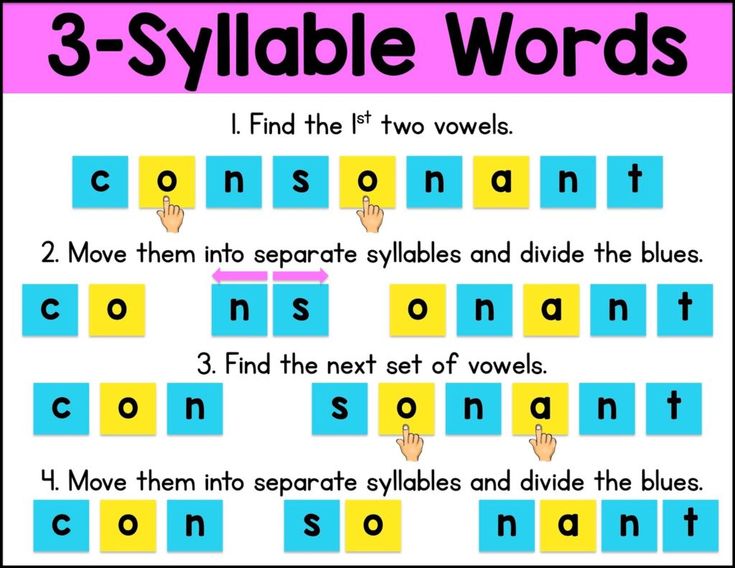
Of course, it won’t happen overnight. It’ll take years of learning and practicing. But each time you work on it together, you’re helping build a solid reading foundation.
2) Focus On The Vowel Sounds
A syllable only has one vowel sound. This means it doesn’t matter how many letters there are in the syllable. It also doesn’t matter how many vowels a syllable may have. The vowel sound produced is the real focus.
The first words your child reads will likely be short-vowel, one-syllable words, such as:
- Cat
- Fan
- Map
- Flag
- Clap
These words have only one vowel sound — often in the middle of the word — and are taught early on.
However, it won’t be long before your child will be reading words with multiple vowel sounds, such as:
- Paper
- Freedom
You have the letter A in the word paper, making the long A sound. Then, at the end, you find the vowel E being bossed around by the letter R to make the er sound.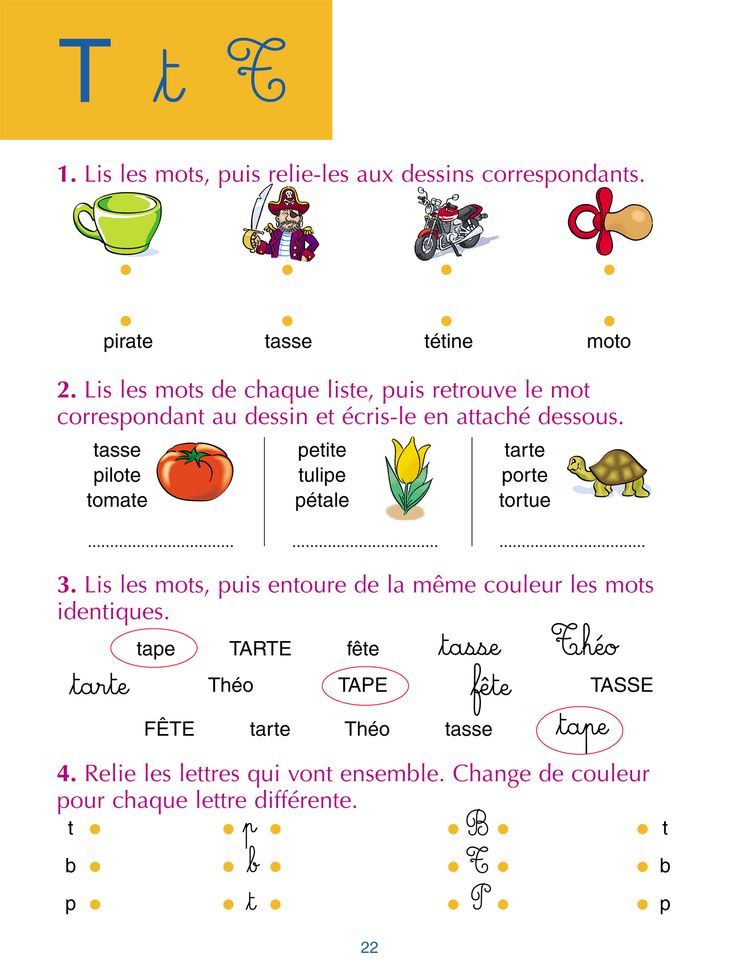 That means there are two different vowel sounds in this word.
That means there are two different vowel sounds in this word.
If you count the vowels in the word freedom, you’ll find three vowels — two E’s and an O. However, since the two E’s work together to make a single vowel team, there are only two vowel sounds in this word.
Having a better understanding of how vowel sounds work will give your child the decoding skills they need to tackle multisyllabic words confidently in the future.
3) Continue Helping Them Develop Their Reading Skills
Reading is one of the core subjects in Homer’s early learning program. Why is that?
Early childhood reading provides lots of benefits, including improved vocabulary, better communication, and brain development.
In addition, the more a child reads, the more they’ll come across unfamiliar words and the more chances they’ll get to practice their syllable skills.
At this early-reading stage, it’s not important for your child to thoroughly understand the concept of syllables. They may not be able to correctly define the word or know the differences between the types of syllables.
They may not be able to correctly define the word or know the differences between the types of syllables.
And that’s OK! Your goal right now is to simply introduce the concept.
Then, when they’re learning even more about syllables later, they’ll have the background knowledge they need to anchor their learning. They’ll think back to these fun activities you used to do together and have an “ah-ha” moment when everything clicks.
So, don’t worry if this concept seems challenging for your child right now. Just keep talking about syllables and doing these activities. Over time, you’ll help your child strengthen their reading skills.
And, since you’re doing it through play, they won’t even realize they’re learning.
8 Simple Syllable Activities
No matter what you’re working on with your child, it’s important to keep things light and fun! This helps your child stay engaged and eager to learn.
A great tactic you can use for teaching syllables in an engaging way is to start with words that already interest your child. These can be the names of the family pets, their friends, their favorite foods, and so on.
These can be the names of the family pets, their friends, their favorite foods, and so on.
Here are some activities to help your young learner understand syllables while also having fun!
1) Clap Time
Associating the syllables of a word with “beats” is one of the most effective (and fun!) ways for children to grasp the concept of syllables. In this activity, your child will clap the beats of a word.
Start with simple words that your young learner will already be familiar with (mommy, daddy, apple, pizza, etc.).
When you begin, show your child how to clap the syllable: /pi/ (clap) /zza/ (clap). After demonstrating, ask them to join you as you clap the beats of other common words.
We recommend holding your hands wide apart and then making a big clap to help your child hear and see the number of syllables. Try to also have your child clap and say the syllable at the same time.
Don’t feel limited to two-syllable words for this activity. Instead, throw in some shorter, one-syllable words and longer, three or four-syllable ones. This way, your child understands that words come in all different lengths.
This way, your child understands that words come in all different lengths.
To help you mix things up, here are a few common words you can clap with your child, broken down by the number of syllables.
Single-Syllable Words:
- Tree
- Sign
- Book
- Shirt
- Shoe
Two-Syllable Words:
- Toybox
- Mountain
- Freeway
- Sweatshirt
- Toenails
Three-Syllable Words:
- Vacation
- Celebrate
- Afternoon
- Computer
Four-Syllable Words:
- Calculator
- Avocado
- Television
- Cauliflower
- California
Throughout the day, pick a couple of words to clap the beats of. This way, it becomes second nature for your child to think about the syllables in a variety of words.
2) Syllable Stomp
Sometimes we all make the mistake of thinking that learning should only take place with a child seated formally in front of a desk and listening attentively to your instructions.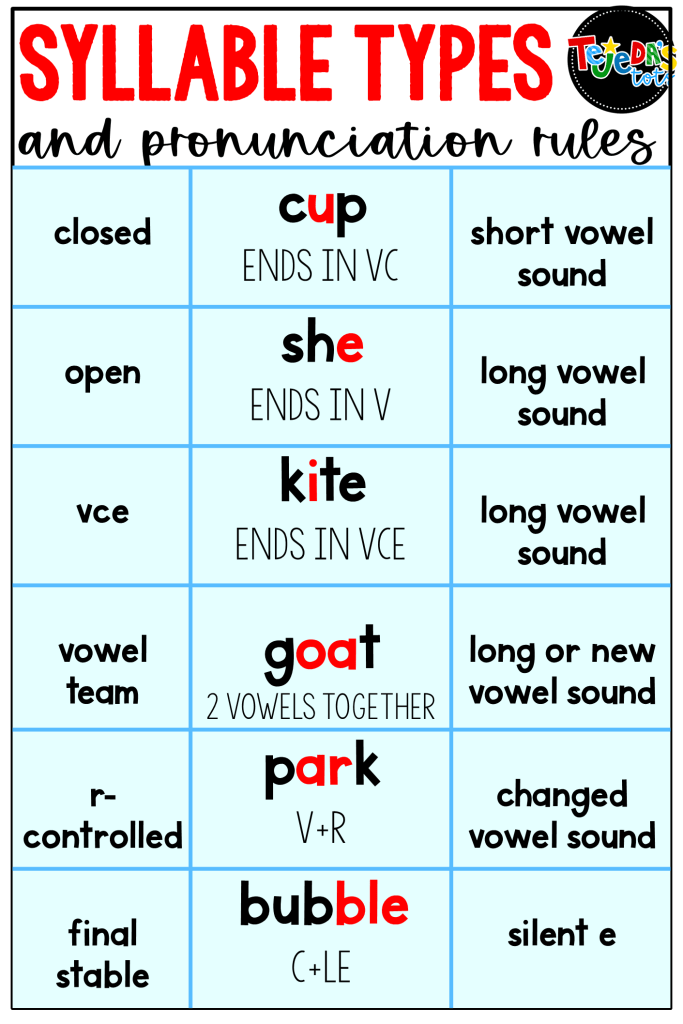 But that’s not always the case, especially with younger children.
But that’s not always the case, especially with younger children.
Most kids love to get up and move. So why not use their endless energy to help them learn more about syllables?
This game works similarly to the previously mentioned one. However, instead of clapping each syllable, your young learner will be stomping the ground for each syllable they say in a word. The louder the stomp, the better!
3) Mark The Paper
For this activity, all you need is a marker (or pencil or crayon, whatever you prefer!) and a sheet of paper.
Hand your child the marker and place the sheet of paper on a table in front of them. Choose a word, and then encourage your young learner to press the marker on the paper every time they hear a syllable.
When they are done, they can count the number of marks on the paper to see how many syllables are in the word.
4) Hum The Word
Humming is a simple yet fun and effective way to teach your child about syllables. To get started, ask your child to close their mouth and hum a word.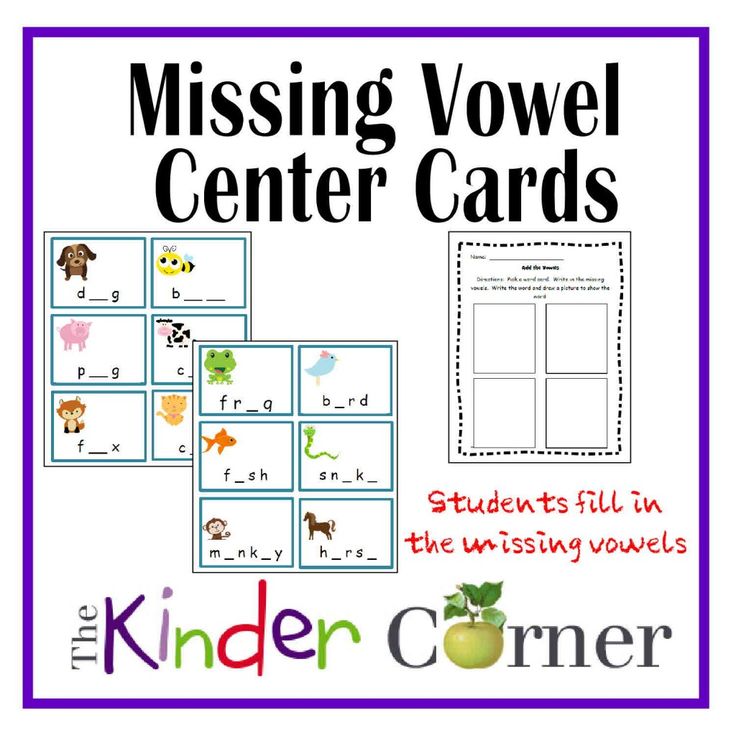 After that, have them count the distinct hums they made.
After that, have them count the distinct hums they made.
If your child has trouble with this, have them say the word aloud before they try humming it. You can also hum the word first and ask them to copy you. This modeling can give them the confidence they need to hum words on their own.
5) Robot Talk
“Speaking robot” is more than just fun and games. It can also help your young learner count the syllables of a word!
Have your child pretend to be a robot while talking. This will mean speaking in a very unnaturally stiff and stilted manner. As they say a word in “robot talk,” it is easy to count the syllables.
Really get into it by making a robot costume out of cardboard boxes for the occasion. Pretend play and learning time combined? Yes, please!
6) Hunt And Hop
Look around your home for a few simple items you can hide for your child to find. Try to pick objects with a different number of syllables.
Here are a few ideas:
- Key
- Jacket
- Potato
- Calculator
Once you hide them, ask your child to find one. For example, you can say, “Can you find the potato?” Let your child look around the room, hunting for the object you name.
For example, you can say, “Can you find the potato?” Let your child look around the room, hunting for the object you name.
Ask your child to say the word when the hidden item is found. Then, have them hop the number of syllables. For example, if your child found a potato, they’d jump three times.
Next, ask them to find another object. Continue until everything you’ve hidden has been found. Then, review the syllables once more. Have your child hop the right number of times for each object that you hid.
7) Jaw-Dropping Fun
By now, we’ve established that each syllable has one vowel sound. Our mouths need to open to help us make that vowel sound. This makes counting “jaw drops” the perfect opportunity to count syllables.
Have your child place their hand under their chin and then count the number of times their jaw drops as they say a word. Those are the syllables!
If your child is having trouble with this, have them look in a mirror while they play. First, ask them to watch their mouth carefully while they say a word. Then, gently put your finger on their jaw. Finally, ask them to say a word.
Then, gently put your finger on their jaw. Finally, ask them to say a word.
As their mouth opens and closes, count each jaw drop aloud. Next, have your child put their hand where yours is. Once they understand what action they’re counting, they’ll be able to do this activity more independently.
8) Syllable Mix-Up
This fun game will help your child concentrate on unmixing syllables to make a word.
All you need to do is mix up the syllable order of a word and then encourage your child to unmix it. For instance, you can say /corn/pop. Then ask them what word you’re trying to make. They would answer “popcorn.”
As your child gets older and more comfortable with syllables, you can introduce harder words with three or more syllables. For example, /phant/e/el — elephant!
Once your child understands how to unmix the syllables, this is a fun, educational game to play in the car. Since it doesn’t require any materials, you can play it wherever you are.
You can give your child a mixed-up word, and then they can give you one to figure out.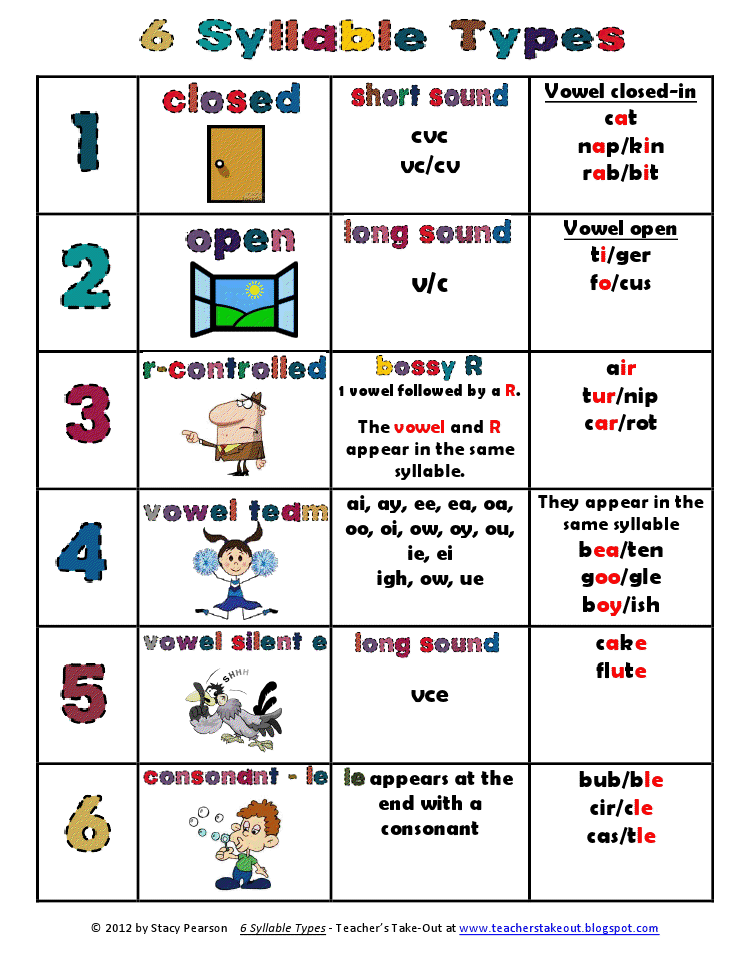 Take turns mixing and unmixing words until you arrive at your destination or you both get tired of the game.
Take turns mixing and unmixing words until you arrive at your destination or you both get tired of the game.
Use the things around you in the car and on the road as ideas for words to mix up.
9) What’s My Word?
Say a word with three, four, or more syllables but leave gaps in between each syllable. For example, you can say /com/ /pu/ /ter. Your child would then put the syllables together to form the word.
You can also extend this game by beginning a word and having your child try to complete it. For instance, /re/ /frig/ /er/…and your child would add “/a/tor!”
If you notice your child missing a syllable when they complete your word, don’t worry. Sometimes, they’re so busy focusing on syllables they don’t have enough mental energy left to think about the word.
Simply repeat the word and add the correct syllables to the end if this happens. Then, ask your child to say what you said. You can try it again later with a more familiar word to see if that helps.
10) Syllable I Spy
You can also incorporate syllables into familiar childhood games, such as “I Spy.”
To play this game, look around the room and pick an object you’d like your child to find. Then say, “I spy with my little eye something with two syllables.”
As your child guesses, you can reinforce their syllable knowledge. For instance, if they name something with only one syllable, you can say, “That is a good guess, but that word only has one syllable. I’m thinking of something with two syllables.”
If they pick something with two syllables that isn’t the item you’ve selected, you can say, “That’s a great guess. You picked a word with two syllables. But it wasn’t the word I was thinking about. Can you find another item with two syllables?”
Because there can be a lot of things in a single room, it may be helpful to give your child a hint or two after they make an incorrect guess. Is the item brown, or is it made of wood, etc.?
Once they’ve correctly guessed your item, switch roles.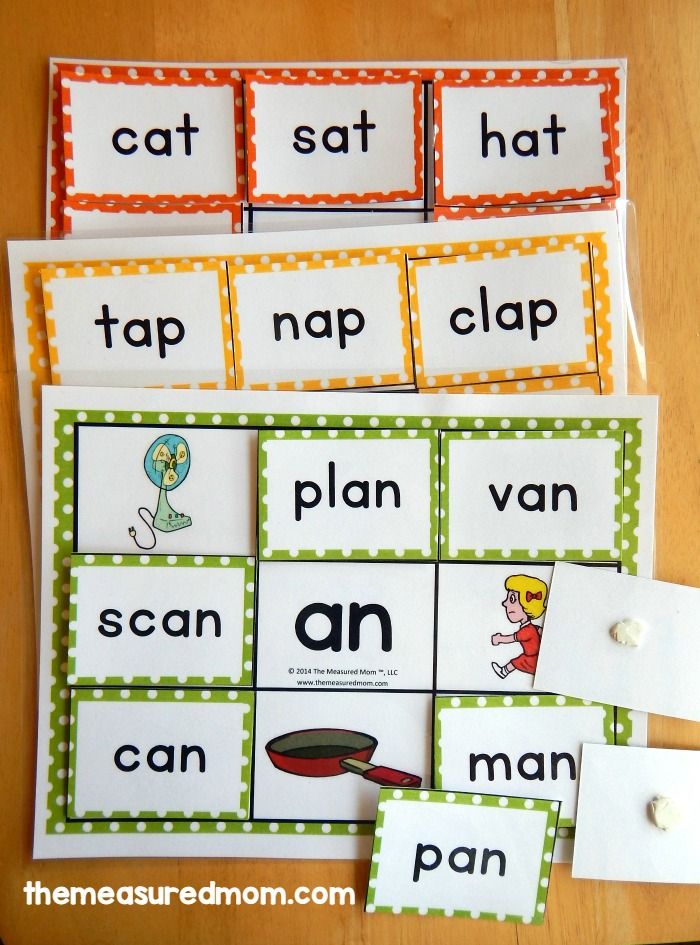 Have them pick something and tell you how many syllables the item they’re thinking of has. Then, you try to guess.
Have them pick something and tell you how many syllables the item they’re thinking of has. Then, you try to guess.
11) Syllable Sort
Ask your child to go around the house and gather several small items. Have them place the items on a table or another flat, level surface.
While your child is off collecting things, gather two pieces of printer paper. On one of them, write “1 Syllable.” On the other piece, write “2 Syllables.”
Once your child returns, show them the papers you prepared. Point to the number on each so your child can see the difference between them. Ask your child to select one item they found and say what it is. Then, repeat the word. Ask, “How many syllables is in this word?”
Next, have them place the item on the corresponding piece of paper. So, if it’s a one-syllable word, it would go on the “1 Syllable” paper.
Continue talking about each object and sorting them. When everything is sorted, ask your child to name the objects with one syllable and then those with two syllables.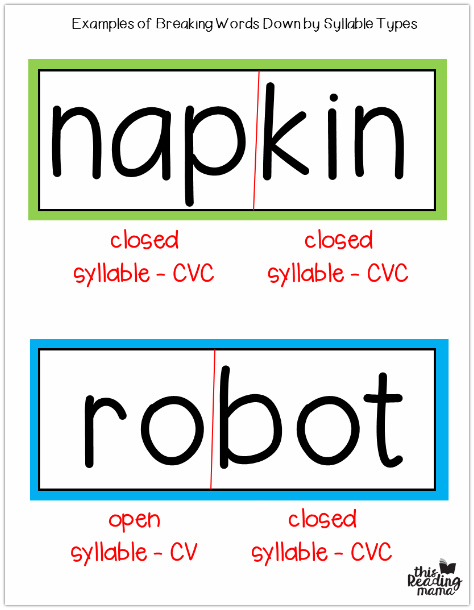 Keep going until everything has been named.
Keep going until everything has been named.
Once you’re done playing, you can ask your child to put the objects away by syllable count, too. For example, have them take all of the one-syllable items and put them where they belong. Repeat this process until everything is put away.
Make Learning Syllables Fun With HOMER
There are plenty of ways to help your child understand syllables. Whichever activity you choose, remember to make it fun and have patience as your child continues learning new concepts.
For more at-home activities to help your child learn to read, check out the HOMER Learn & Grow app, which is perfect for kids two to eight years old and makes learning fun, convenient, and effective. Just 15 minutes a day is proven to increase early reading scores by 74%!
Author
Tips for Teaching Syllables - Lucky Little Learners
Written by: Jess Dalrymple
- Share
- Tweet
There’s no doubt about it – teaching syllables is an important part of reading instruction.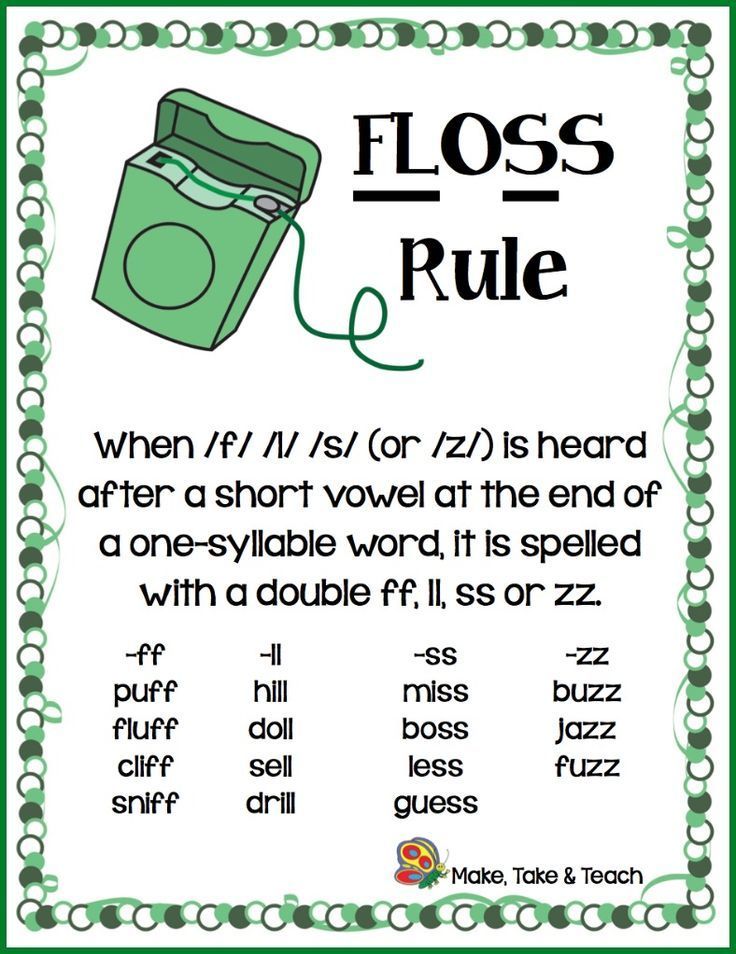 After all, this skill shows up in primary grade level standards – regardless of where you teach. But how do you get your students to understand what syllables are, and what are the best ways to practice syllabication once it is introduced?
After all, this skill shows up in primary grade level standards – regardless of where you teach. But how do you get your students to understand what syllables are, and what are the best ways to practice syllabication once it is introduced?
First, let’s dive into why it’s a benefit to young readers to understand syllables. From there, we will offer some suggestions for strategies and resources teachers can use to make teaching syllables a breeze!
Why do kids need to understand syllables?
When younger kids can hear the different sounds and syllables in words, they will have the foundation to be able to chunk apart and blend together sounds and word parts as beginning readers.
As children progress through grade levels, having a strong understanding of how words are broken into syllables can help them decode, pronounce, and spell longer words. In fact, did you know that over 80% of English words have two or more syllables! So, having a strategy for how to chunk multisyllabic words into single syllables is much more efficient than trying to sound out a long string of letters.
How to Teach Syllables
Download Under Construction HERE
Explain what syllables are
Basically, a syllable is a single vowel sound in a word. This can be confusing for kids because they will want to count the number of vowels they see in a written word. This will take some practice, but it is important to help kids understand that syllables are not single vowels; they are single vowel sounds. Try demonstrating this with a word like “beautiful”. There are five vowels, but when you listen closely, there are three vowel sounds.
- beau
- ti
- ful
Another way to explain is by calling syllables “beats” in words. Try clapping the syllables in students’ names and in names of objects around the classroom. Have students join in as they get more comfortable! Take this one step further and sort the people and objects into groups by the number of syllables.
One more tip: Try putting your hand under your chin to count the number of syllables in words. The number of times your chin drops when you’re saying a word is the number of syllables the word has.
The number of times your chin drops when you’re saying a word is the number of syllables the word has.
Try it! How many times does your chin touch your hand when you say the word ‘banana’? Your chin should have dropped three times – ‘ba-na-na’. This works because your mouth has to change positions to form a new vowel sound (aka syllable), causing your chin to drop.
Finally, kids will love this video explaining syllables:
Examples of Syllables
- ‘dog’ – one syllable
- ‘pen-cil’ – two syllables
- ‘bi-cy-cle’ – three syllables
- ‘cal-cu-la-tor’ – four syllables
- ‘hip-popot-a-mus – five syllables
Here’s a free site called “How Many Syllables” where you can type a word and it will tell you how many syllables, how to divide the word into syllables, and what the primary and secondary syllables are (to help with pronunciation).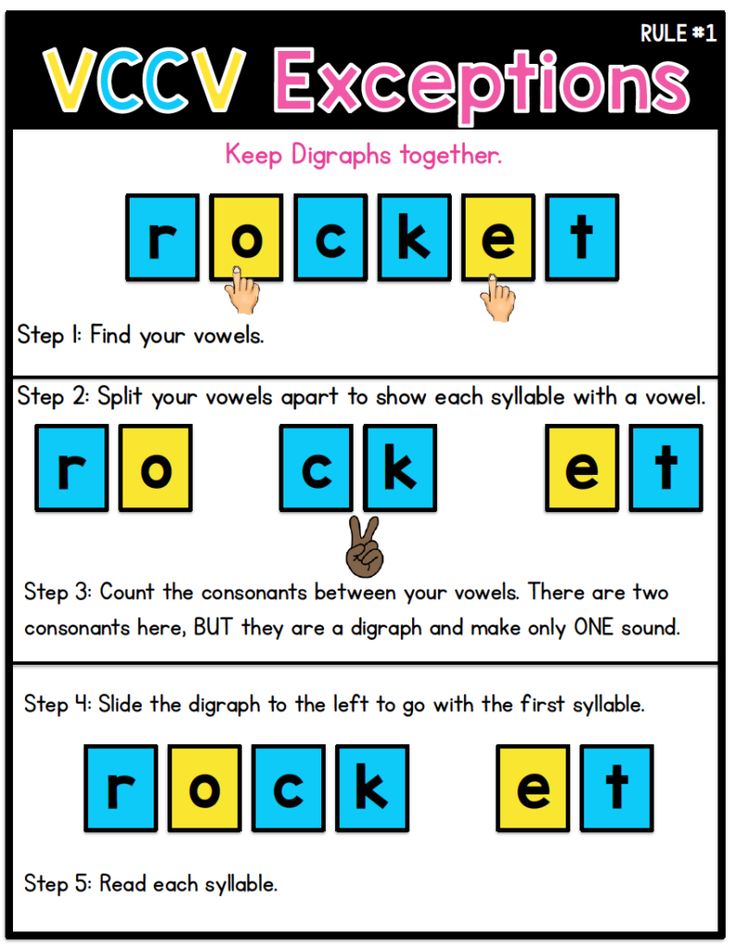
4 Strategies for Teaching Syllables
1- Count Syllables
Practicing syllable counting can be simple! Call out the number of syllables in names when dismissing kids to line up for lunch, “If your first name has three syllables, line up.” Or, send kids to their literacy center by telling them to hop for each syllable in their name. “Jess-i-ca, syllable hop on over to the writing center”.
2- Teach Younger Students to Segment by Syllables
When you notice a student struggling to read a longer word, cover up all but the first syllable. Once they sound out the first syllable, reveal the next syllable to sound out, then have them put the two syllables together. Learn more about reading strategies to use with young readers.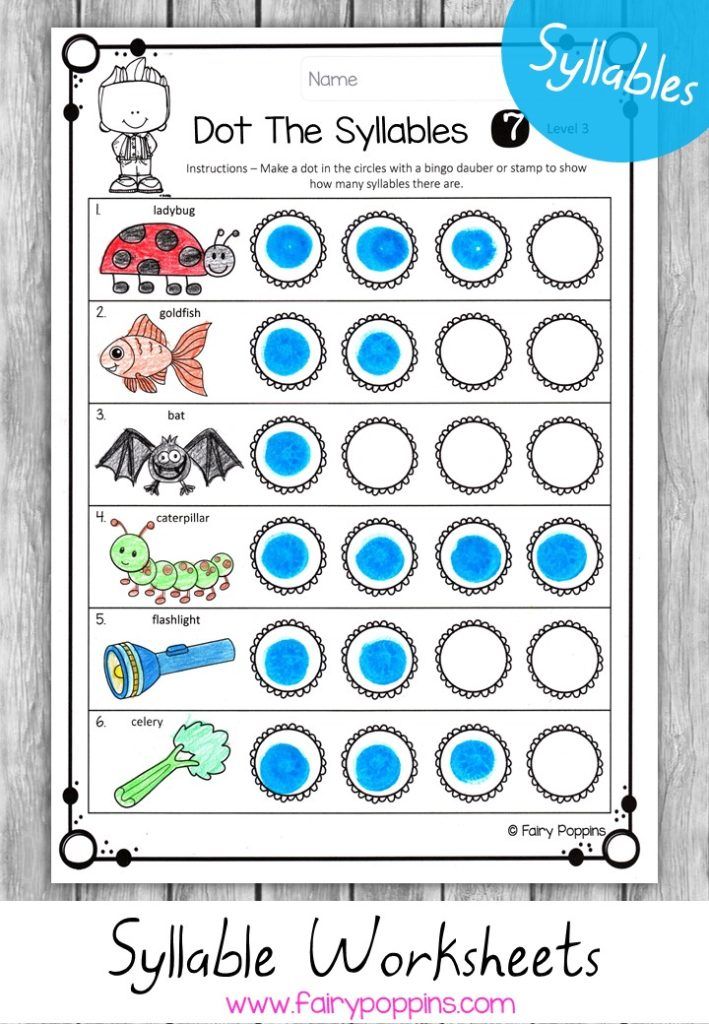
3-
Teach Older Students Syllable Division- Look at the word. Mark the vowels.
- Determine which syllable division rule (VC/CV, V/CV, VC/V, or V/V) applies.
- Cut or mark the word accordingly.
- Read the word.
4- Practice Syllables With Poetry
Haikus
Haikus are fun to write! Kids can get creative and write about any topic, but the poem must be three lines long:
- 1st line – 5 syllables
- 2nd line – 7 syllables
- 3rd line – 5 syllables
Limericks
Limericks are also a form of poetry that requires syllable counting!
- They are five lines long.
- Lines 1, 2, and 5 rhyme with one another.
- Lines 3 and 4 rhyme with each other.

- They have a distinctive rhythm (based on number of syllables)
- They are usually funny.
This site has excellent directions for how to write a limerick.
Resources for Teaching Syllables
Lucky Little Learners has something for everyone when it comes to supporting the teaching of syllables in K-2 classrooms! Our syllables resources are organized by grade level below.
Kindergarten & 1st Grade Syllable Resources
Kindergarten ELA Toothy
- syllable counting: 1-4 syllable words
Download Syllable Counting Toothy HERE
1st & 2nd Grade Phonics Toothy
- Practice with spelling patterns to master decoding by syllables
Download 1st & 2nd Grade Syllables Toothy HERE
P
honological Awareness ToothyIt’s the Toothy® you know and love, with a twist! This phonological awareness resource includes 45 sets of phonological and phonemic awareness skills. It includes early, basic, and advanced phonological awareness activity sets. Toothy® task kits are highly engaging task card games that allow students to practice skills by answering questions in a fun, motivating way.
Toothy® task kits are highly engaging task card games that allow students to practice skills by answering questions in a fun, motivating way.
Download Phonological Awareness Toothy HERE
2nd Grade Syllable Resources
Phonics Day By DayDaily review all year with all essential 2nd grade phonics skills, including syllables!
- CVC Syllables
- CV Syllables
- CVCe Syllables
- CVVC Syllables
- R-Controlled Syllables
- C + le Syllables
- CV Two Syllables
- CVCe Two Syllables
- CVVC Two Syllables
- Multisyllabic Words
Download Phonics Day by Day HERE
Multisyllabic Words Toothy Pack
Kids get to play the Toothy game while focusing on syllable types and decoding multisyllabic words:
- Counting Syllables
- Closed Syllables / CVC
- Multisyllabic CVCe Words
- Open Syllables
- Two-Syllable Long Vowel Words
- Final Stable Syllables
Download MultiSyllabic Words Toothy HERE
Phonics Centers for 2nd Grade & 1st & 2nd Grade Phonics Toothy
Students get tons of practice with spelling patterns to master decoding by syllables with these resources.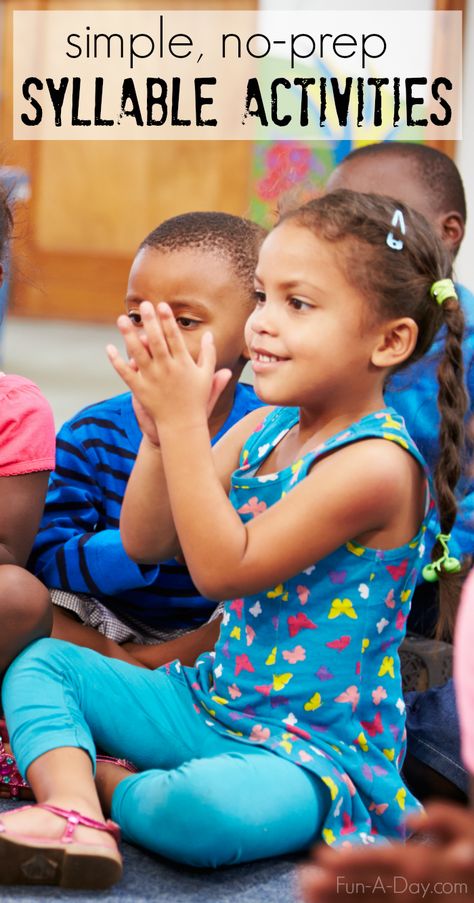
Download Phonics Centers HERE
Download Phonics Toothy HERE
- Share
- Tweet
We teach a child to read in syllables easily. 5 funny games
Teach your child to read by syllables, but nothing works? Do you repeat 10 times, but after a couple of seconds he forgets everything, and all your attempts end in screams and tears? Of course, school is coming soon and a slight panic seizes you, but relax and don't worry. Maybe your child is just not ready yet, or maybe you started wrong. Stay with us and find out everything.
How to teach a child to read in syllables so that he likes it?
If your child already knows the letters, but does not want to learn to read by syllables, most likely you simply did not explain why he needs it. Arguments like “to learn to read”, “to do well in school and be no worse than others” do not work. The child needs to understand why he is doing this at the moment? That is, you must “sell” him the idea of learning to read in syllables so that he wants it himself and is still satisfied.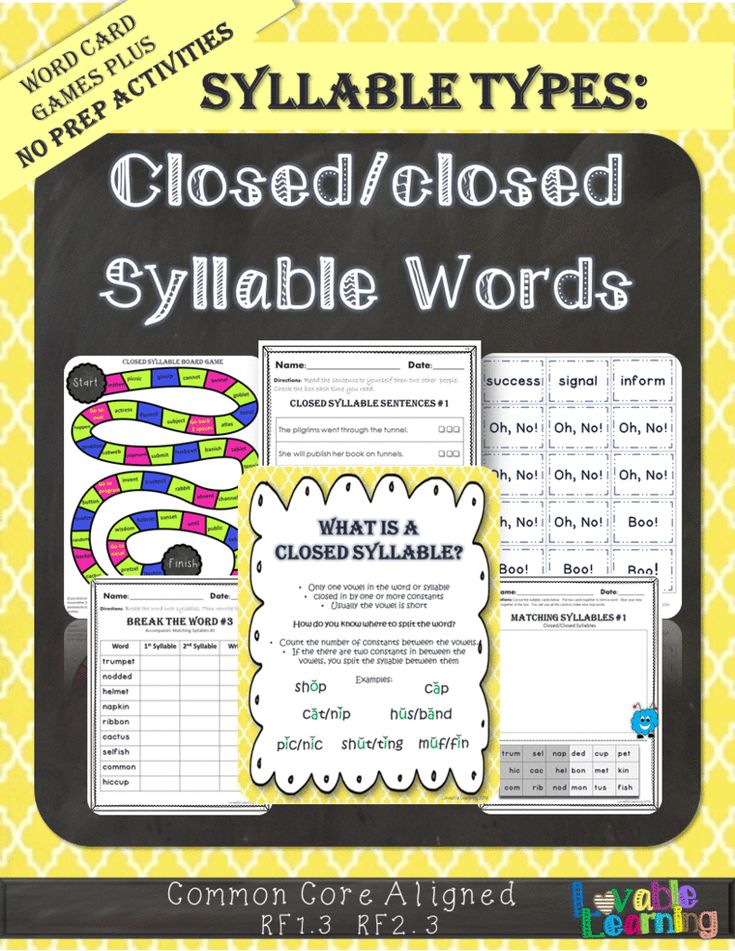
How to do it?
Start with what your child is interested in. For example, while walking around the city, draw his attention to the poster of a cinema or circus and ask: “Are you interested in knowing which cartoon will be shown in the cinema? Let's honor." Or here is another good example: “Ice cream, what flavor would you like? Let's read what they offer here? Of course, the child will say that he cannot read and ask you to help him. Then you explain to him why you need to be able to read and what is the use of this.
The idea is "sold" - you can start learning!
If your child does not yet know the whole alphabet, then at the same time as learning the letters, you can begin to make small words out of them. Did the child learn two or three letters? For example "M", "U", "I". Excellent! Fold them immediately into the word "MEW" and ask the child who does this. Then ask him to repeat after you syllable by syllable: “meow”, pausing after the first syllable.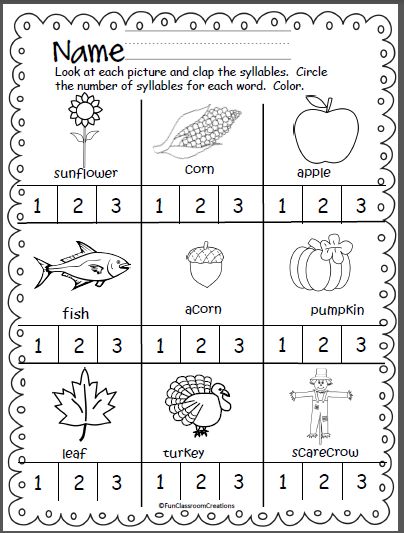
Thanks to this approach, it will be easier for the child to read longer words in syllables in the future.
5 fun exercises to teach children to read by syllables
The first rule that all parents should remember before starting to teach anything to their child under 7 years old is no coercion, always translate everything into a game. Then your child will be happy to participate in the process, and you will see the result faster.
Therefore, all the exercises that we have selected for you are in the form of a game.
Surprise eggs
Take some plastic Kinder Surprise eggs and small cardboard cards with letters. Think of a game scenario. For example, put the letters in the eggs that make up the name of the child's favorite cartoon character according to the principle - one egg - one letter. Then call the child and say that you need to find the name of the hero, otherwise he is lost and cannot find his way home. Then begin to open the eggs together and fold the name in such a way that there is a small distance between the syllables, for example "BIN-GO". As soon as you add up the name, ask the child to read it in syllables and call the hero so that he can find his way home.
Then begin to open the eggs together and fold the name in such a way that there is a small distance between the syllables, for example "BIN-GO". As soon as you add up the name, ask the child to read it in syllables and call the hero so that he can find his way home.
When the child manages to name all the characters, you can give him the toy characters he called (if there are such toys at home) or turn on your favorite cartoon.
Find a double
Take blocks with letters and together with your child make a syllable out of two letters. For example, let there be a syllable "BA". Say the syllable several times so that the child remembers it. Then ask him to find the familiar syllable "BA" on the pages of any book.
Of course, it may not work the first time. But nothing, praise the child for every syllable found and say that this is just a game and in case of failure you should not be upset.
This exercise develops visual memory well and helps the child get used to syllables.
Let's be friends
What could be more boring than just combining vowels and consonants into syllables? Another thing is to teach letters to be friends so that they make up words. You will need a metal board and letters on magnets. Arrange the letters on the right and left in this order:
Then tell the child that the letters have quarreled and they need to be connected and made friends. Move together the letter "A" to "U" and read what happened - "AU". So the child will understand that connecting letters into syllables is fun and will begin to connect syllables into words with pleasure.
⠀
Also learn to read by syllables with our free games.
Pick me up
In this exercise you will have to get a little creative. Take an A4 sheet and draw a dog on it. Sign the word “SO-BA-KA” under the drawing by syllables. Then take scissors and cut vertically so that you get three equal parts with pattern elements and syllables. Ask the child to read each syllable separately, and then ask the dog to collect and read the word syllable by syllable.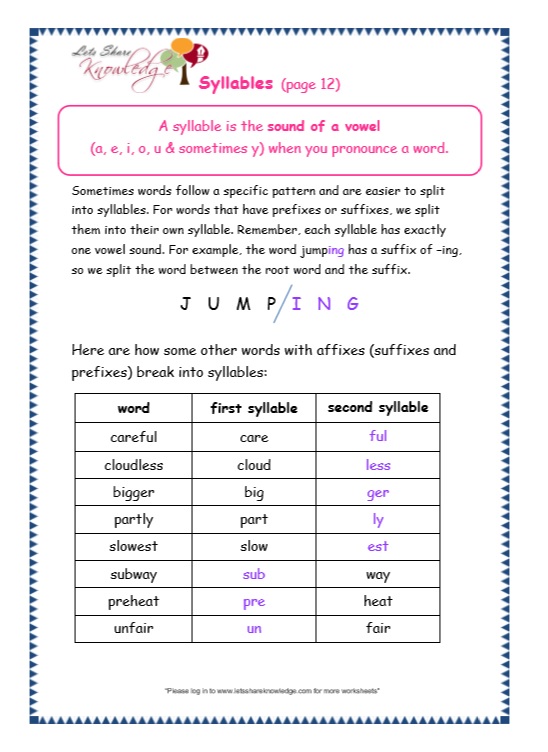
If you have no time to draw yourself, look for similar puzzles in the store.
This fun activity will quickly help your child learn to read long words.
Transformer Word
Blocks or cards with letters are suitable for this exercise. For example, put together the already familiar word “SO-BA-KA” with your child. Read it syllable by syllable and disassemble it into individual letters. Say: “And now you will see how much our “DOG” can give us new words! Let's watch?".
Then make new words from individual letters: "JUICE", "TANK", "BOK", "KO-SA". Make up words in turn, ask the child to read each syllable by syllable and explain the meaning of what they read.
This exercise allows you to learn to read several words from familiar syllables in one session.
Practice with your child every day for 10-15 minutes and in a couple of weeks you will see the first results.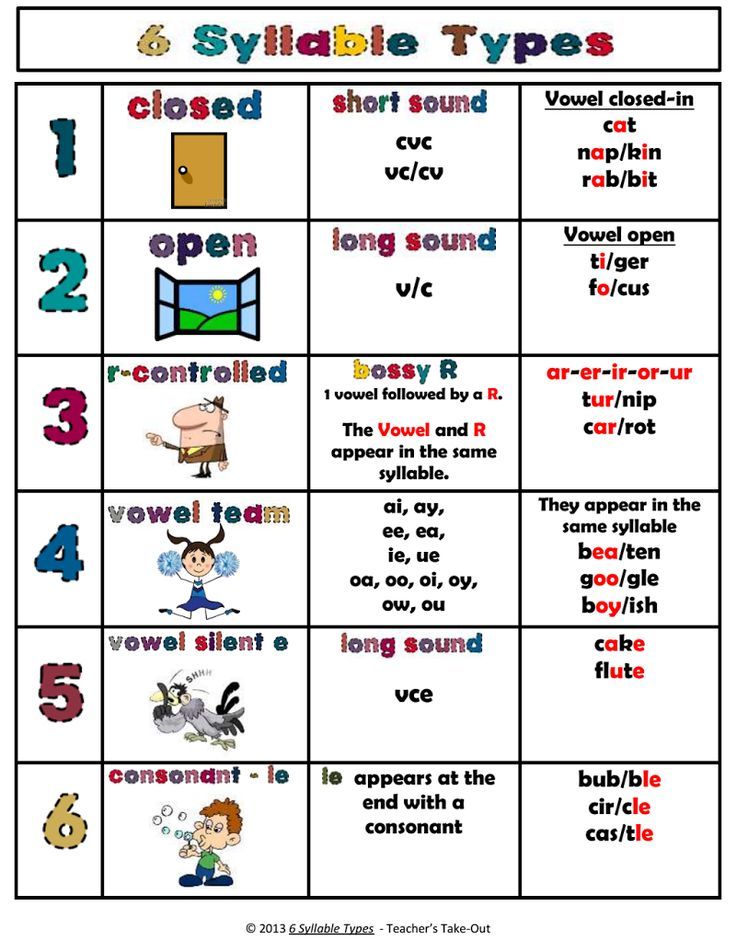 Your child will learn to combine letters into syllables and will already be able to read small words in syllables. And most importantly, he will do it with great enthusiasm and pleasure, because the whole learning process is an exciting game.
Your child will learn to combine letters into syllables and will already be able to read small words in syllables. And most importantly, he will do it with great enthusiasm and pleasure, because the whole learning process is an exciting game.
And if you have no time to experiment and study with your child on your own, enroll your child for a free trial lesson in our online school. See how the lessons are going, if the child likes it, and then decide which way of learning is best for you.
Read also:
How to quickly teach a child to pronounce the sound [Р]? Simple games and exercises!
Why is it important to teach a child to read by syllables?
Why children don't like to read and what should parents do?
step-by-step instructions with expert advice
Parents of toddlers often ask themselves: “How can I teach my child to read by syllables at home?” After all, the school is not far off, and many children come already prepared - they can read and count
Anastasia Naumova
Author KP
Natalya Manukhina
Candidate of Psychological Sciences,
Family
Irina Danilina
Methodist of the educational
online platform Uchi. ru
ru
Many parents strive to teach their child to read as early as possible. But is it worth it to rush into learning? To answer this question, we need to closely monitor how the intelligence of children develops at an early age.
Until the age of 5, the right hemisphere of the brain is more developed in a child. It is responsible for emotions, fantasies and creative activity. It is difficult for a child at this age to remember and recognize letters, numbers and other symbols. Therefore, psychologists and teachers do not recommend teaching children the alphabet up to 5 years. However, this does not mean that any books should be put aside until this age. Quite the opposite: it is better for parents to read fairy tales and stories that they like as often as possible. If you show your child from an early age that reading is an exciting process, the study of letters in the future will be much more enthusiastic.
After 5 years, the intelligence of children changes: they become more diligent, attentive and focused.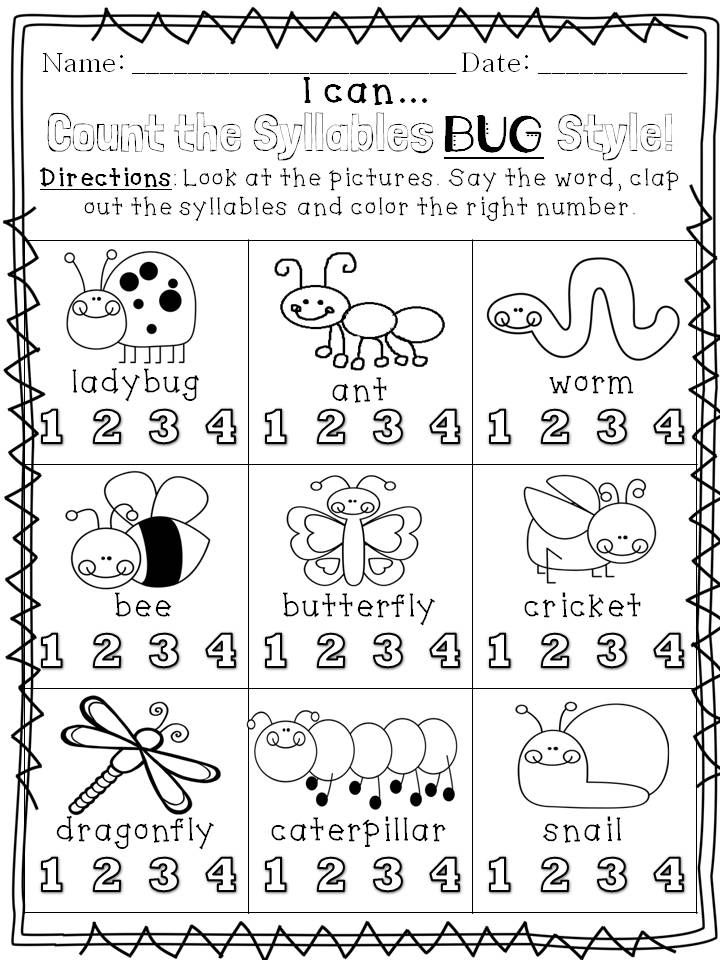 This is because the left hemisphere, which is responsible for analysis, logic and memorization, is making a big leap in development. That is why experts advise teaching children to read not earlier than 5-6 years.
This is because the left hemisphere, which is responsible for analysis, logic and memorization, is making a big leap in development. That is why experts advise teaching children to read not earlier than 5-6 years.
How do you know if a child is ready to learn?
A child begins to explore the world from birth, and the development of his abilities occurs linearly - this cannot be changed or accelerated.
By the age of 3-4, a child cannot yet understand the difference between such concepts as sound, letter, syllable and word. At this age, children can put letters into a syllable and even remember how it is spelled. But it is difficult to read and even more so to understand what they read. Therefore, there is no point in rushing things, trying to "skip" some stage of development. Closer to 6-7 (sometimes 5) years, children usually have a desire to read.
Early childhood educators identify several indicators of a child's readiness to learn to read that parents can use as a guide.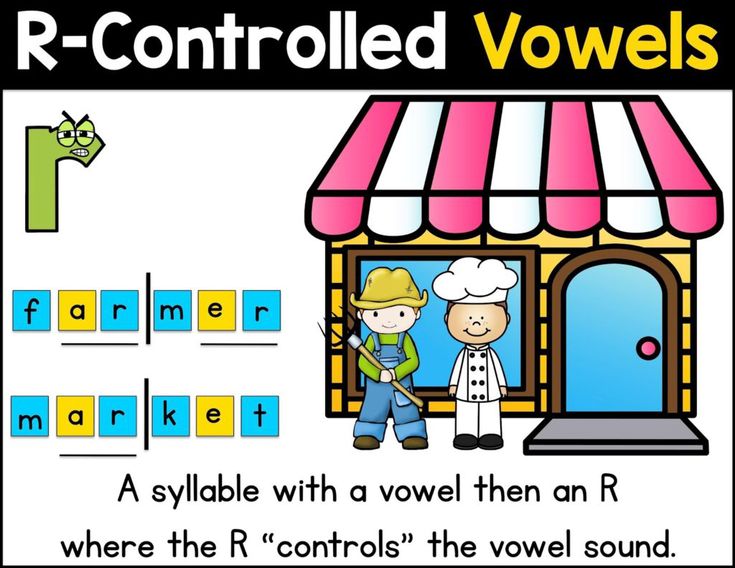
Sign 1
The child actively talks and understands the meaning of what he is talking about. The speech is coherent, long and consists of complete sentences. Too early learning to read can lead to a delay in speech development. This is explained by the fact that at a time when the brain should be actively working on the formation of speech, it is "switched" to memorizing sounds, letters and syllables.
Sign 2
The child has already developed phonemic hearing - in other words, he distinguishes sounds. That is, the baby can easily understand by ear what is different "house" and "tom", "bow" and "hatch" .
Sign 3
The baby pronounces all sounds without errors, does not burr or lisp. If pronunciation problems are not corrected, the child will incorrectly associate letters with sounds.
If you have problems with pronunciation, you should work with a speech therapist before starting the course.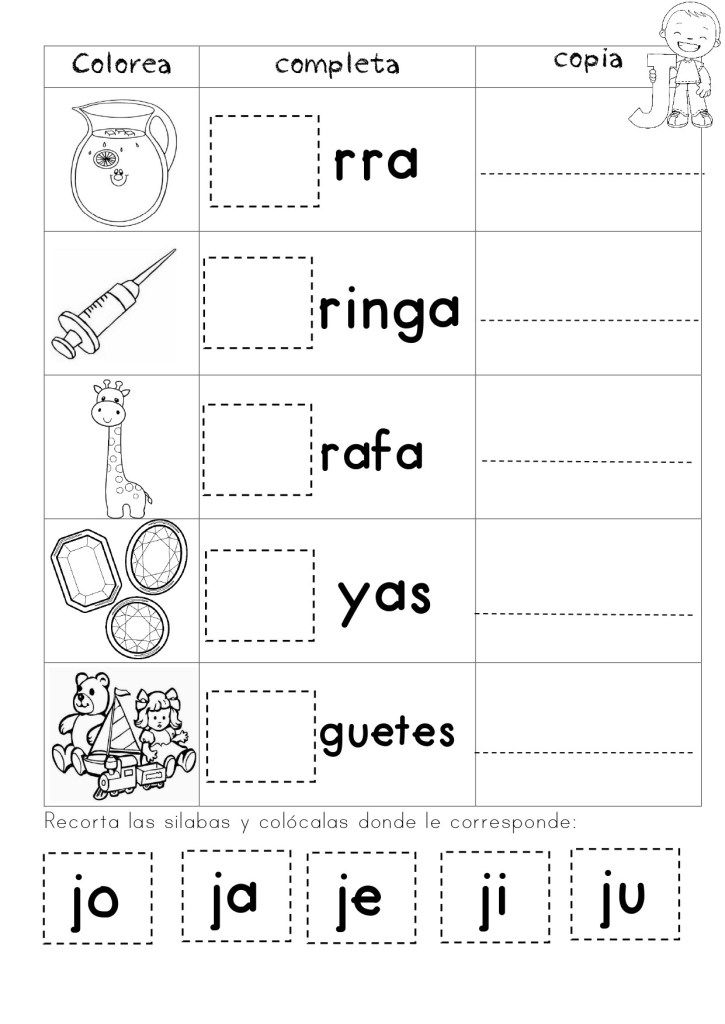 However, keep in mind that children under 5 years of age do not need the help of a speech therapist. You need to correct the pronunciation of sounds later if the baby’s speech does not correct itself.
However, keep in mind that children under 5 years of age do not need the help of a speech therapist. You need to correct the pronunciation of sounds later if the baby’s speech does not correct itself.
Sign 4
The child has developed logic, he is well oriented in space and understands where is “up” and where is “down”, where is “right” and where is “left”.
Sometimes children confuse which letter to start reading with, or even try to read the words “mirror”, that is, from the end. To learn to read, it is important that the baby is able to follow the text from left to right and from top to bottom.
Sign 5
The child is assiduous and knows how to concentrate. He can concentrate for a while, doing one thing, such as sculpting or painting.
Feature 6
The son or daughter has an interest in books. Without this, of course, nowhere. You can not force a child to read by force. This can permanently discourage the desire to engage in reading. In order for a child to love reading, it is important that parents set an appropriate example, for example, by reading books that interest the child. This can be done from an early age, even before learning to read. You will see, over time, he himself will be interested to know what is written on these colorful pages.
This can permanently discourage the desire to engage in reading. In order for a child to love reading, it is important that parents set an appropriate example, for example, by reading books that interest the child. This can be done from an early age, even before learning to read. You will see, over time, he himself will be interested to know what is written on these colorful pages.
Sometimes reading problems are caused by hearing loss in children. In such a situation, you should seek help from a teacher of the deaf.
If the child has the listed signs or at least some of them, you can start learning. But before that, with the baby you need to do a little preparation.
Read also
"Dog and Cat": teaching the baby simple counting
Counting is inextricably linked with our whole life and is its important element. But how to teach a child to count from 1 to 10 and to understand numbers in general so that learning becomes a joy, not a punishment?
| Read more |
How to prepare your child for reading
In order for a child to learn to read faster, he must develop a sense of rhythm and phonemic hearing.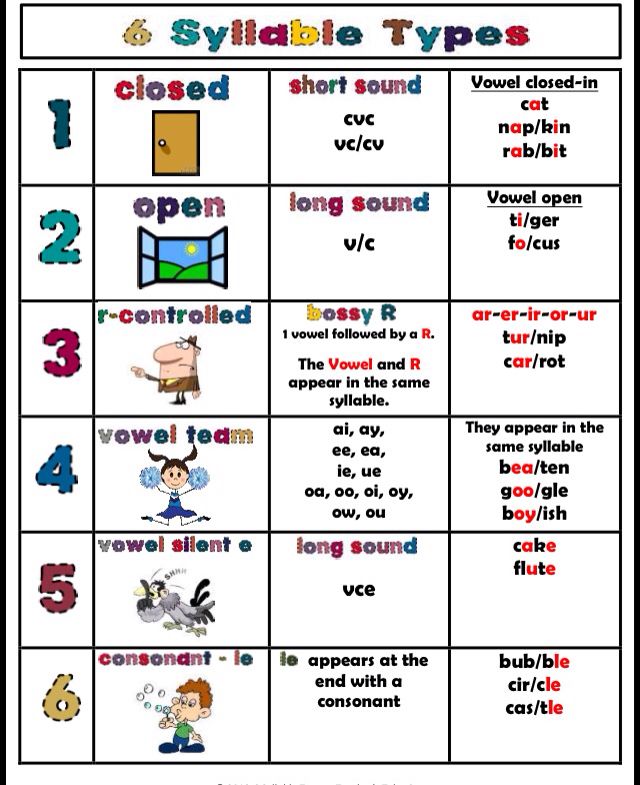 To develop the first quality, use music and dance. Turn on rhythmic music and in a playful way (having fun, fooling around and having fun) show your child what kind of rhythm the music has. Dance, performing movements to the music, and gradually the baby will begin to repeat after you, learning to feel the rhythm.
To develop the first quality, use music and dance. Turn on rhythmic music and in a playful way (having fun, fooling around and having fun) show your child what kind of rhythm the music has. Dance, performing movements to the music, and gradually the baby will begin to repeat after you, learning to feel the rhythm.
Develop the recognition and subsequent reproduction of sounds, that is, phonemic hearing, with the help of the following exercises.
Exercise 1
Tell your child that each word is made up of individual letters. Start learning simple words (mom, dad, cat, dog). Use them to demonstrate with what sound a certain word begins and ends. At this stage, it is important to clearly pronounce consonants, as if highlighting them with your voice, and vowels - to pull. Thus, the child, without realizing it, learns to intuitively distinguish between them.
When the child understands the explanations, ask him to name the first and last sound of the words you have spoken.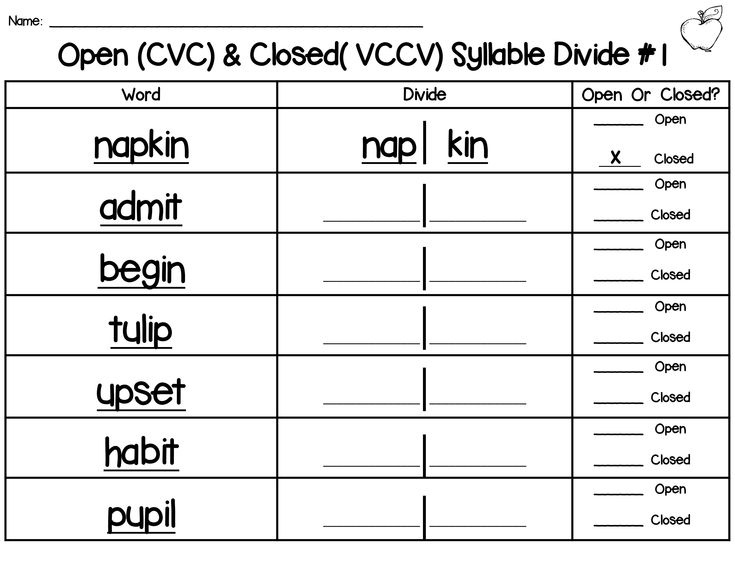 Gradually move from simple to more complex words, waiting for the moment when their analysis will be given without difficulty.
Gradually move from simple to more complex words, waiting for the moment when their analysis will be given without difficulty.
Exercise 2
Name the sound and ask the child to name a word beginning with that sound.
Exercise 3
After the child has done well with the previous exercise, play "Words" with him. Name the word and ask them to name the next one, starting with the letter that ended the word you named.
Exercise 4
And finally, the most difficult exercise. Agree with the child that he will look for any sound in the words he hears. Say any words, and ask the baby to clap his hands every time he hears the desired sound.
If the child can easily cope with the tasks - you can start learning.
Experts recommend teaching children to read not earlier than 5-6 years. Photo: pixabay.com
Step-by-step instructions for teaching a child to read
So, you understand that the baby is developed enough to learn to read.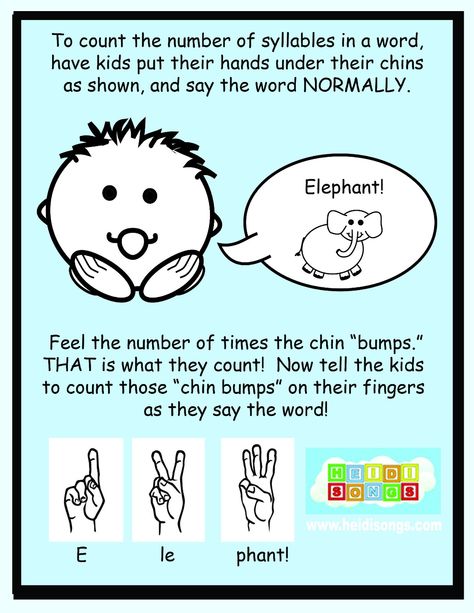 He understands that words are made up of sounds and is able to isolate individual sounds from words. At the same time, the child reaches for the shelf with books, he likes to listen to stories and, perhaps, he even dreams of reading for himself what is written in his favorite books. So, it's time to study. How to do it right?
He understands that words are made up of sounds and is able to isolate individual sounds from words. At the same time, the child reaches for the shelf with books, he likes to listen to stories and, perhaps, he even dreams of reading for himself what is written in his favorite books. So, it's time to study. How to do it right?
Start small
Learn letters and sound knowledge, for example, on a walk. Draw a letter on the ground with a stick, then a syllable. You can collect letters from pebbles. It will be interesting for the child to recognize familiar letters, and then syllables on signs. Show that words made up of syllables and letters are all around us.
Later, you can study not only on the street, but also at home. Set up a dedicated study area. Let there be comfortable furniture - a chair and a table for writing and reading. Set the right lighting. Place a bookshelf nearby.
Teach your child to be neat and organized
Just 10 minutes a day is all it takes to get started.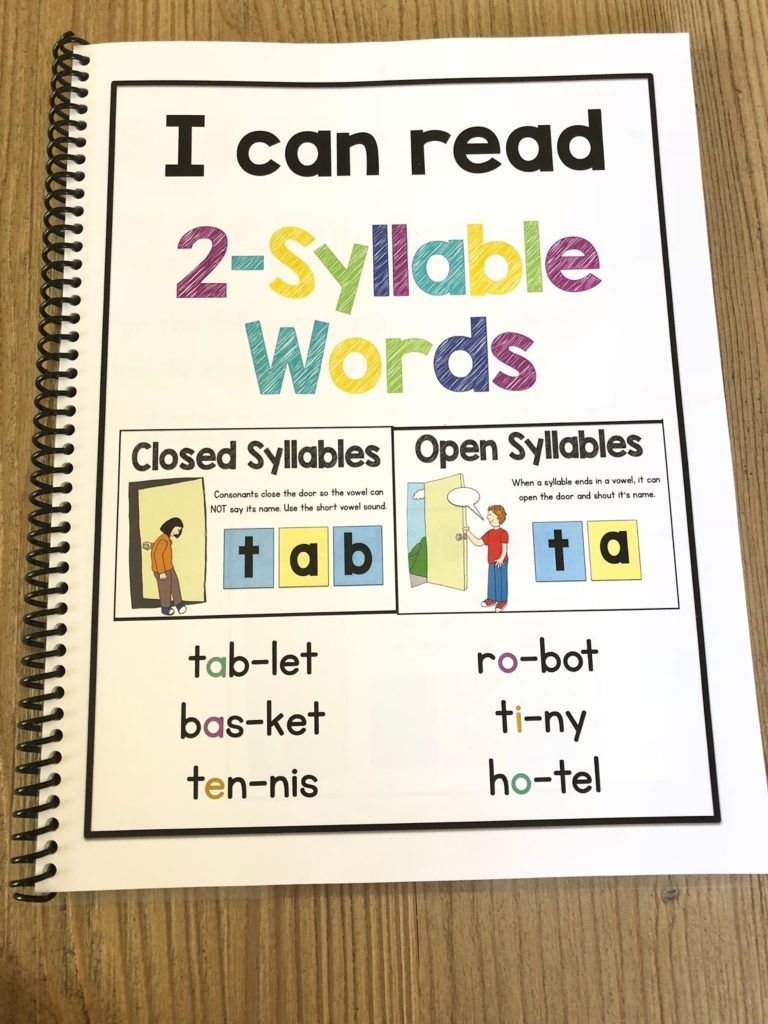 After that, ask him to return things (book, notebook, pen or pencil) to the place where they lay. Just don't force him to do it. And even more so, do not raise your voice at him and do not swear if something is not done the way you would like it to be. The process should take place in a relaxed or even playful way.
After that, ask him to return things (book, notebook, pen or pencil) to the place where they lay. Just don't force him to do it. And even more so, do not raise your voice at him and do not swear if something is not done the way you would like it to be. The process should take place in a relaxed or even playful way.
Read for yourself
The child looks at his parents and tries to be like them. Therefore, it is important to love what you want to teach children. Read with pleasure and develop a love of literature in the family. You can create a tradition - for example, the whole family to read in the evenings.
– There is only one way to involve a child in any activity: to engage in it with him and with him. Accordingly, if older relatives read a lot, then the child begins to be interested in what adults are doing, says Natalya Manukhina, PhD in Psychology and family psychologist . - Just what exactly are they reading? If paper books, then the baby can also begin to take them, touch, look, look, look at letters, put them into words, that is, read.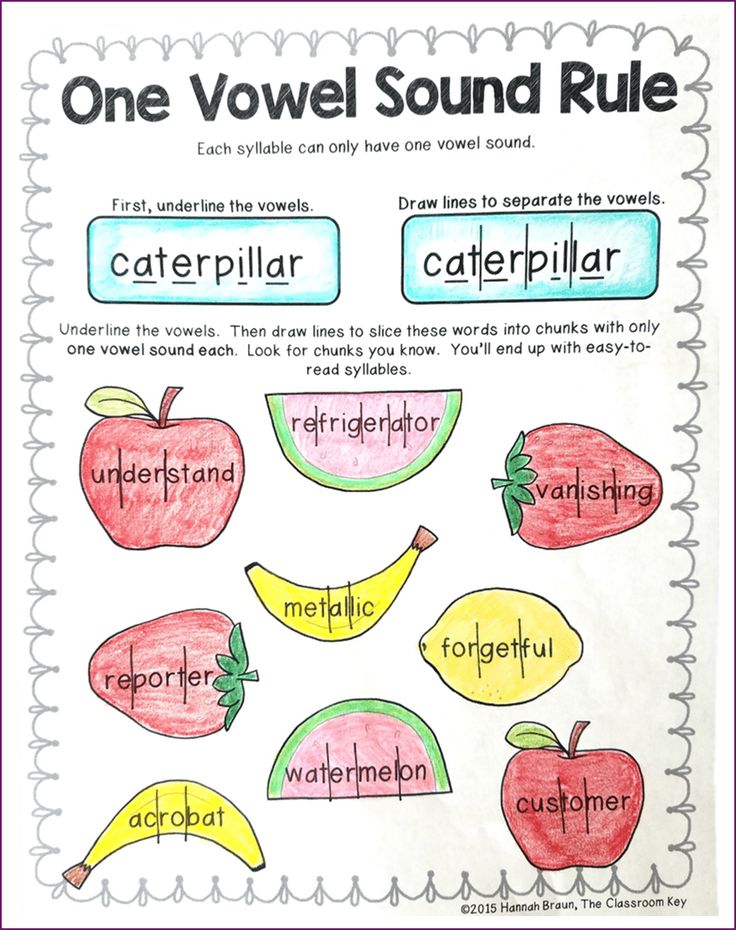 If adults read only e-books, from the screen of gadgets or computers, then the child will not show interest in this for a long time. He will be more interested in moving pictures: cartoons and electronic games.
If adults read only e-books, from the screen of gadgets or computers, then the child will not show interest in this for a long time. He will be more interested in moving pictures: cartoons and electronic games.
It is important not only to read stories and fairy tales, but also to discuss what has been read with the child. If the child is very small, ask him simple questions: who is this fairy tale about? who is in the picture? When the baby grows up, you can ask something more complicated: why did the hero of the story do this? what would you do in his place?
Read also
From the first lines to the whole word: how to teach a child to write
And now the first letter, the first word appears on a piece of paper. Uneven and uncertain, but so long-awaited. How to help your child develop writing skills at home and whether this should be done before school - we talked about this with teachers0002 Start learning with words with repetitive syllables (ma-ma, pa-pa, ba-ba, dy-dya). Only after the baby has mastered them, move on to more complex structures for the child, in which there are different syllables (kosh-ka, de-re-vo, ve-ter).
Only after the baby has mastered them, move on to more complex structures for the child, in which there are different syllables (kosh-ka, de-re-vo, ve-ter).
Buy educational materials
Children learn through games, so there should be letter blocks, magnetic alphabet and other educational items in the house. For older children, buy some good textbooks. For example, primers by V. Goretsky, N. Pavlov, D. Fonin.
Draw vowels on cards and place them around the house. Swap cards periodically. Gradually, the child will remember them all. Then do the same with the consonants.
– Playing is generally the leading activity for preschool children, says Natalya Manukhina . – Therefore, if educational material is presented in the form of games, knowledge is acquired as skills develop. The child acts more and more deftly, and he likes it, and knowledge also fits with skill.
Develop associative thinking
"A" - watermelon, "B" - squirrel, "C" - bicycle.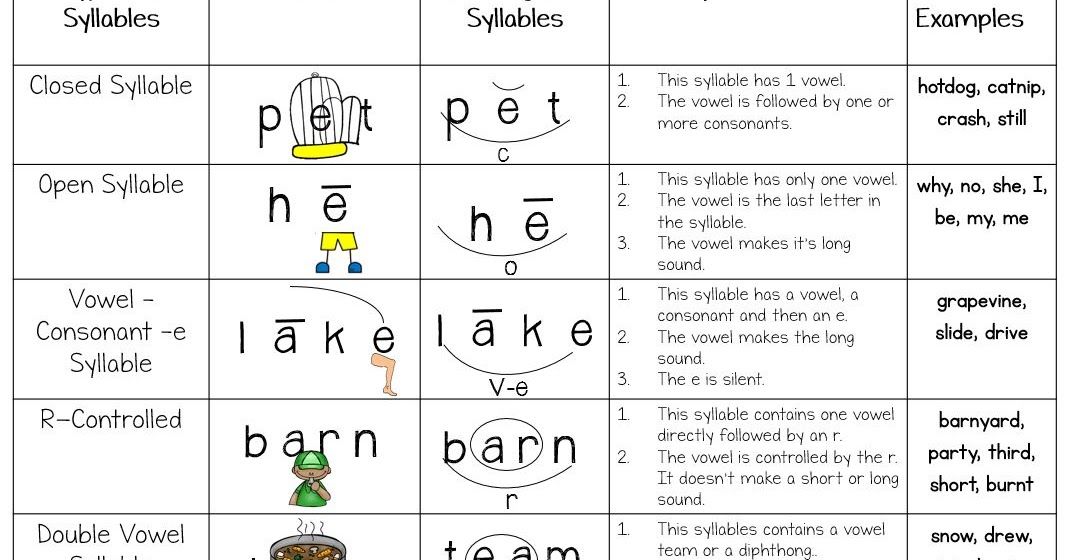
Children remember information more easily visually, through colorful images and clear objects, rather than through tedious memorization of symbols. But try to make sure that the baby does not become attached to only one image and does not associate the letter only with it. Use different words to study. For example, if in one session "A" is a watermelon, in another, let it be an album or a stork.
Repeat what you have learned before
No wonder they say that repetition is the mother of learning. Begin each session by reviewing the material you learned last time. Additionally, you can refresh information anywhere and anytime: on a walk in the park, in line at the store or in the car, on the way home.
Compose
Memory and fantasy are something that can and should be developed in a child even before learning to read.
- As I notice in my practice as a family psychologist, in families where adults themselves read and compose, children read both better and more. You can compose everywhere: on a walk, in transport, at home and on vacation. Any topics: about people, cars, clouds, insects, birds, letters, game heroes, but about anything! It is natural for a child to fantasize, reminds Natalya Manukhina . - If his stories are also written down (first by adults, then by himself), then writing it yourself and comparing it with what others write becomes a natural fascinating pastime. The child becomes not only a reader, but also an author, which can be very useful to him in his future studies.
You can compose everywhere: on a walk, in transport, at home and on vacation. Any topics: about people, cars, clouds, insects, birds, letters, game heroes, but about anything! It is natural for a child to fantasize, reminds Natalya Manukhina . - If his stories are also written down (first by adults, then by himself), then writing it yourself and comparing it with what others write becomes a natural fascinating pastime. The child becomes not only a reader, but also an author, which can be very useful to him in his future studies.
Treat with understanding and care
As an adult, the process of learning to read may seem easy to you, but remember that for a child it is a whole science. Do not be nervous if something does not work out for the crumbs, and do not force him to do it by force. Everything will come with time. Have patience, be able to wait, and show understanding at every stage of learning. Praise the baby even for small successes - and, you will see, soon he will like to learn.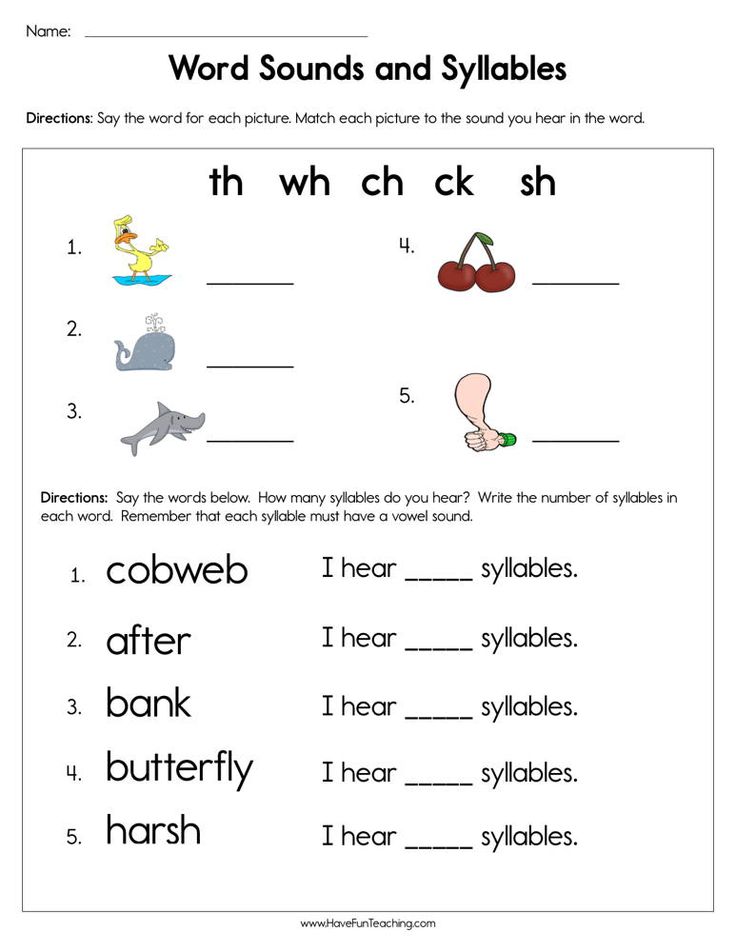
As an adult, the process of learning to read may seem easy, but remember that for a child it is a whole science. Photo: pixabay.com
Popular questions and answers
Answers Irina Danilina, methodologist of the educational online platform Uchi.ru
How to teach a child to read in words?
For a child to quickly learn to read by syllables, it is not necessary to learn the letters in alphabetical order. Invite your child to first learn a few vowels and then read them together (for example, “ay”). Then add consonants to them. So from the first lessons the child learns to read combinations of letters, and then syllables.
Start learning the alphabet with sounds, do not use letter names. Like this: this is the sound "m" (not "em"), this is the sound "o", together they sound like "mo". So the child will learn to read in syllables much faster.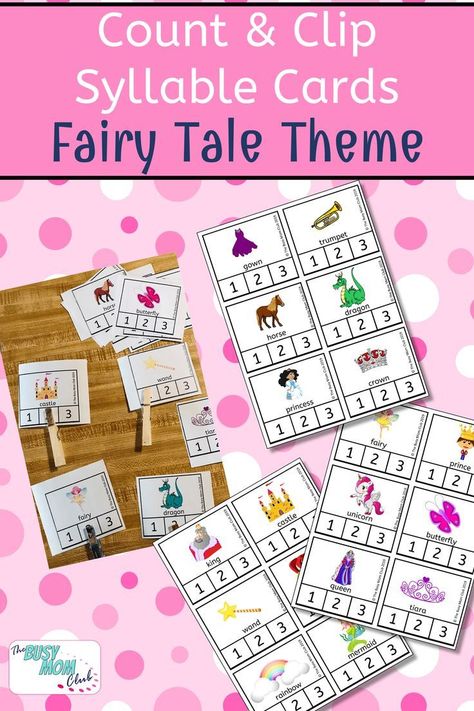
How to teach a child to read quickly?
The most important thing is the understanding of the text. If there is understanding, then the speed will grow by itself. For a child to learn to read quickly, make sure that he knows all the sounds and does not confuse them. A big jump in speed will occur when the child does not make mistakes in the sound of letters.
Do not rush the child if he makes mistakes. Go back and repeat the sounds again. Then only systematic reading for 10-15 minutes a day and skill development. And when the child masters a good reading technique from 40-50 words per minute, you can use various speed reading techniques. With their help, you can develop a reading speed of up to 1000 words per minute.
Why does the child not want to read?
You need to understand that if a child is not interested in reading, he will not want to.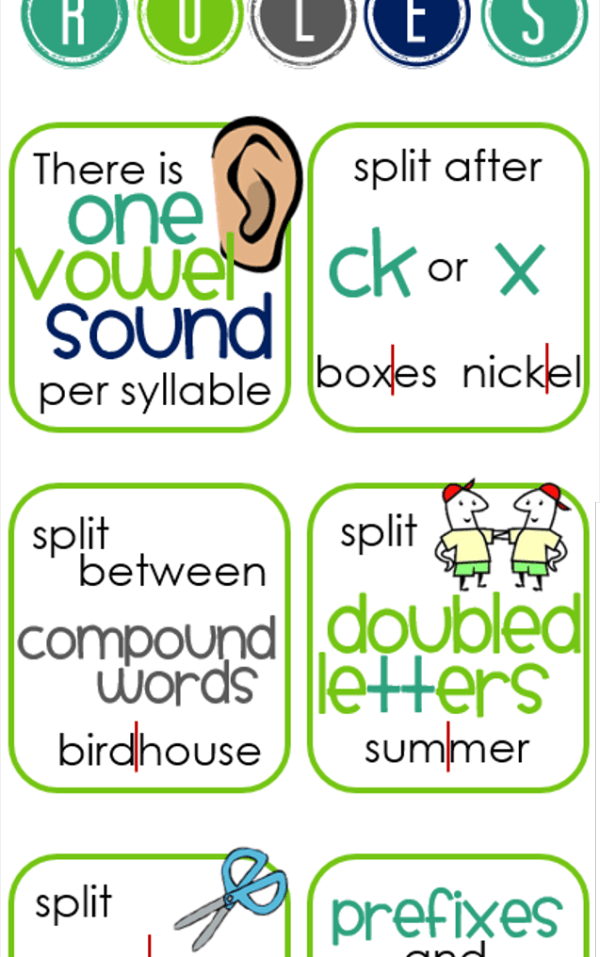 Here are the main reasons why children do not want to read:
Here are the main reasons why children do not want to read:
- Incorrectly selected book, inappropriate genre or topic of the text.
- The child does not understand the read text, reads automatically, does not think about the meaning.
- No motivation or interest.
- The child makes a lot of mistakes in the sound of syllables, because of this he does not understand the words he read.
- Reading is perceived as a punishment.
What to do about it?
Read also
Motivating a child to study at school
“Komsomolskaya Pravda” tells why children are so looking forward to the Day of Knowledge, but after a week they suddenly start to get sick and tells how to make the child motivated to learn
Read more independently books of different genres. Try to find ones that interest him so that he looks forward to continuing. Choose books according to your child's needs. If you are interested in learning new facts about the world, choose educational books. If you are interested in learning how the life of heroes from a fictional universe develops, choose fantasy books. And so on. If you are interested in learning new facts about the world, choose educational books. If you are interested in learning how the life of heroes from a fictional universe develops, choose fantasy books. And so on. Rule 2 When you find the right books, stop reading at the most interesting place. The child will show interest, want to know what happened next. Rule 3 After the child has read a book or even a short text, always ask what the story was about, what new things he learned from it, how the information received can be applied in life, what conclusions to draw. This is how you develop thoughtful reading in your child. Rule 4 Don't force your child to read. To instill a love of reading is possible only through interest. Rule 5 Read for yourself, set an example for the child. Share interesting facts and stories from books you have read. Rule 6 Play games with your child. Find words for the hidden letter at speed, look for hidden words in the text. |

